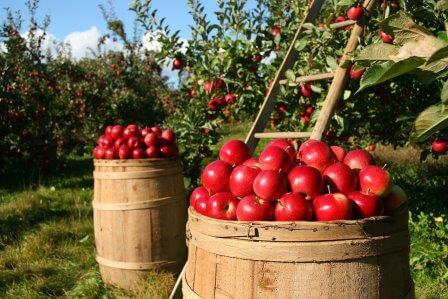FACTORS OF PRODUCTION (MANAGEMENT)
Farm manager is one who co-ordinates, organizes and controls the use of other factors of production to produce goods and services. In other words, the work of management is carried out by a farm manager. Decision and duties such as when to produce, what to produce, type of production, supervision of work, recruitment of workers, […]
FACTORS OF PRODUCTION (MANAGEMENT) Read More »
